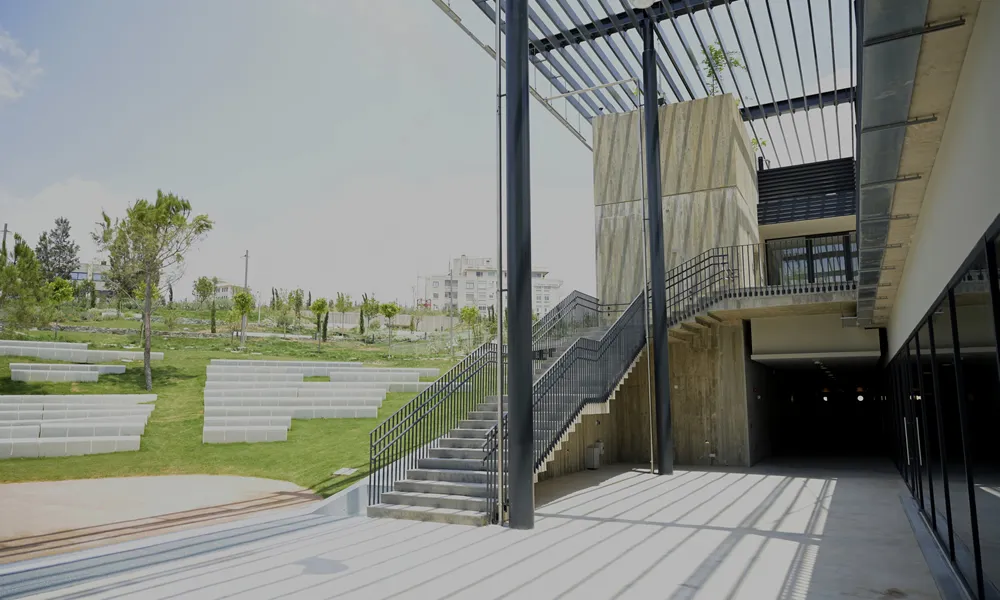Redux
Every journey circles home
Development is inevitable. Cities are living organisms that grow, reshape themselves and, in time, replace what came before. Old buildings give way to new landmarks, and that is not in itself a tragedy. What matters is how this change happens: whether through strategic planning and civic vision, or through random, chaotic expansion.
Nicosia has long suffered from the latter. The city grew without a consistent plan, responding to private need rather than collective design. The result is a fragmented capital where almost everything has become a destination rather than a lived-in place. We drive to work, drive to school, drive to the supermarket, drive to public services. The streets belong to traffic, not to people. Nicosia is a drive-through.
The lack of convenient public transport defines our daily rhythm more than we realise. It shapes our habits, our sense of community, even our mood. A city without buses that truly work, without safe walking routes or shaded sidewalks, becomes a city of tension and fatigue. We move through it but never quite belong to it. Even the bus drivers themselves are trapped in this cycle, often blamed for their frustration when the system is designed to fail them.
The redevelopment of the old GSP Stadium was meant to offer an alternative: a place that invites people to pause, walk, and breathe. Yet even this new park, for now, remains largely empty, coming to life only during exclusive or private events. Without people, no design can succeed. The challenge is not to build more but to connect better, to create a network of spaces people can actually reach and use.
In our Politis to the Point interview with Yannis Kizis, presented as a series of “frequently asked questions” drawn from public debate, we explored precisely that confusion. It showed how easily we reproduce gossip and how little we really know about the projects around us, or even about our cities themselves: what lies beneath their surface, the water, the rivers, the ground that holds them. Understanding a city is also an act of patience.
Equally crucial will be what kinds of businesses and uses take root in the new park. If the space is dominated by large, impersonal chains, as happened at the Limassol Marina where only franchises could afford to operate, the park will lose its character before it even finds one. What gives a public space life is diversity, affordability, and the ability to reflect the community around it.
The architects themselves have voiced concern about future uses, warning against placing public services such as a Citizens Bureau inside the park. Their reasoning is simple: a civic park should serve the public, not house bureaucracy. What Nicosia needs most now is not another office but a reason for people to walk, linger, and feel the city as theirs again.
The responsibility now lies with Mayor Charalambos Prountzos and the city authorities to turn this new space into a true civic centre. It will depend on how much energy they are willing to invest in filling the park with life, with art, small cafés, concerts and community, and how deeply they value this as part of Nicosia’s urban future.
At the end of the day, the transformed old GSP is a new city landmark born of the people’s will, as expressed through a referendum. The least we can do is show it the respect it deserves.
